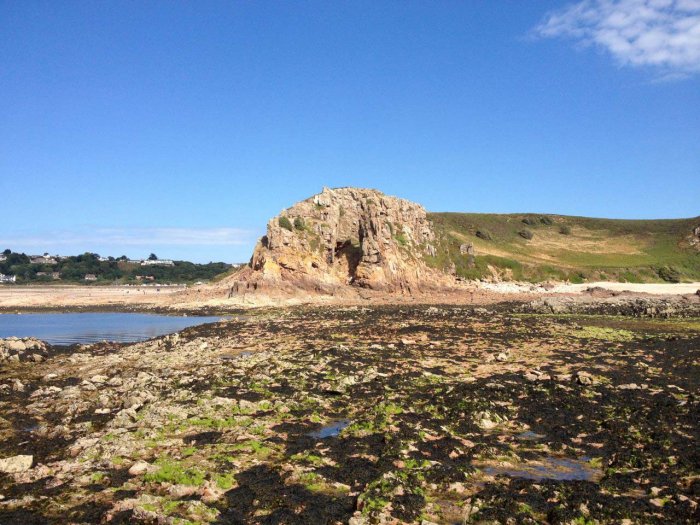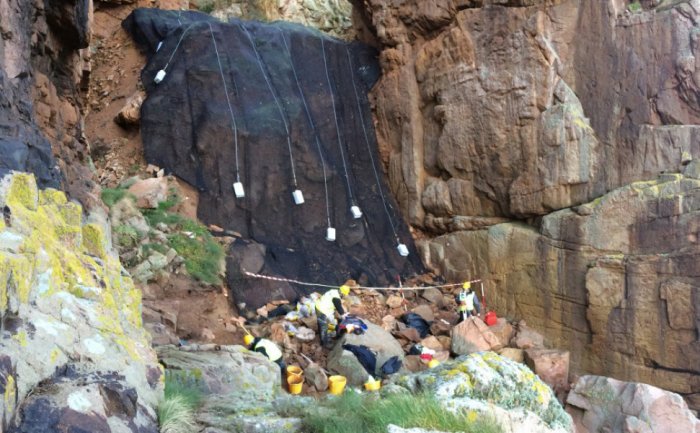Conny Waters - AncientPages.com - Archaeologists excavating in Jersey have discovered that despite globally significant changes in climate and landscape Neanderthals kept visiting La Cotte de St Brelade, a coastal cave for over 100,000 years. Why was this particular cave so important to our ancestors?
The first time these ancient people visited the cave was about 180,000 years ago and they kept coming back until 40,000 years ago.
Obviously, the cave was of great importance to the Neanderthals and it was considered a special place.

The study conducted by scientists from the Southampton University along with researchers from other British Universities and the British Museum resulted in a reconstruction of what resources were available to Neanderthals over tens of thousands of years and where they were traveling from.
At the site, archaeologists found artifacts, mammoth bones, and stone materials that were used by our ancestors to produce tools.
"La Cotte seems to have been a special place for Neanderthals. They kept making deliberate journeys to reach the site over many, many generations. We can use the stone tools they left behind to map how they were moving through landscapes, which are now beneath the English Channel. 180,000 years ago, as ice caps expanded and temperatures plummeted, they would have been exploiting a huge offshore area, inaccessible to us today," Lead author Dr Andy Shaw of the Centre for the Archaeology of Human Origins (CAHO) at the University of Southampton said.

"We're really interested in how this site became 'persistent' in the minds of early Neanderthals. You can almost see hints of early mapping in the way they are traveling to it again and again, or certainly an understanding of their geography. But specifically what drew them to Jersey so often is harder to tease out.
It might have been that the whole Island was highly visible from a long way off -- like a waymarker -- or people might have remembered that shelter could be found there, and passed that knowledge on," Dr Beccy Scott of the British Museum said.
Based on the findings in the region, scientists now think that La Cotte de St Brelade is probably the most important Neanderthal site in northern Europe and could be one of the last known places that Neanderthals survived in the region.
"It was certainly as important to them as it is to us, as we try and understand how they thrived and survived for 200,000 years," Dr. Matt Pope, of the Institute of Archaeology at UCL said.
With help of new technology scientists will now be able to reconstruct the environment visited by Neanderthals so we can admire this place through the eyes of our ancestors.
Written by Conny Waters - AncientPages.com Staff Writer





